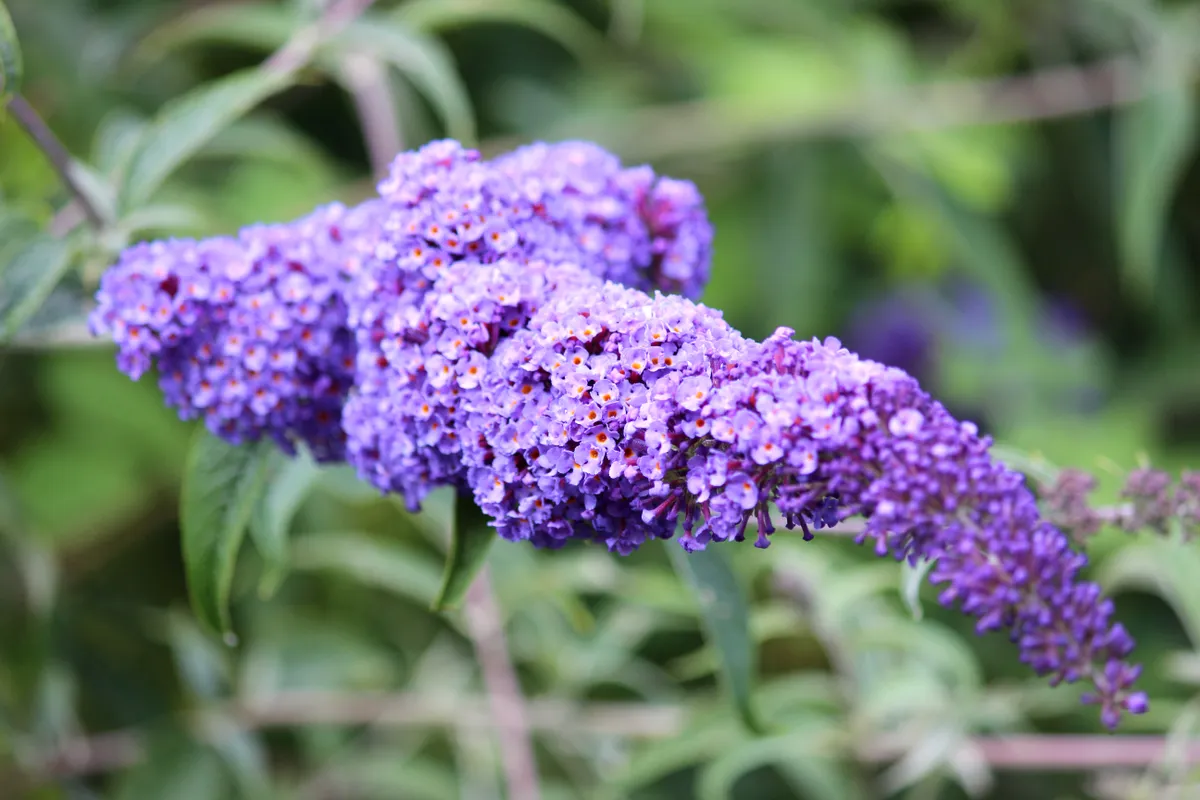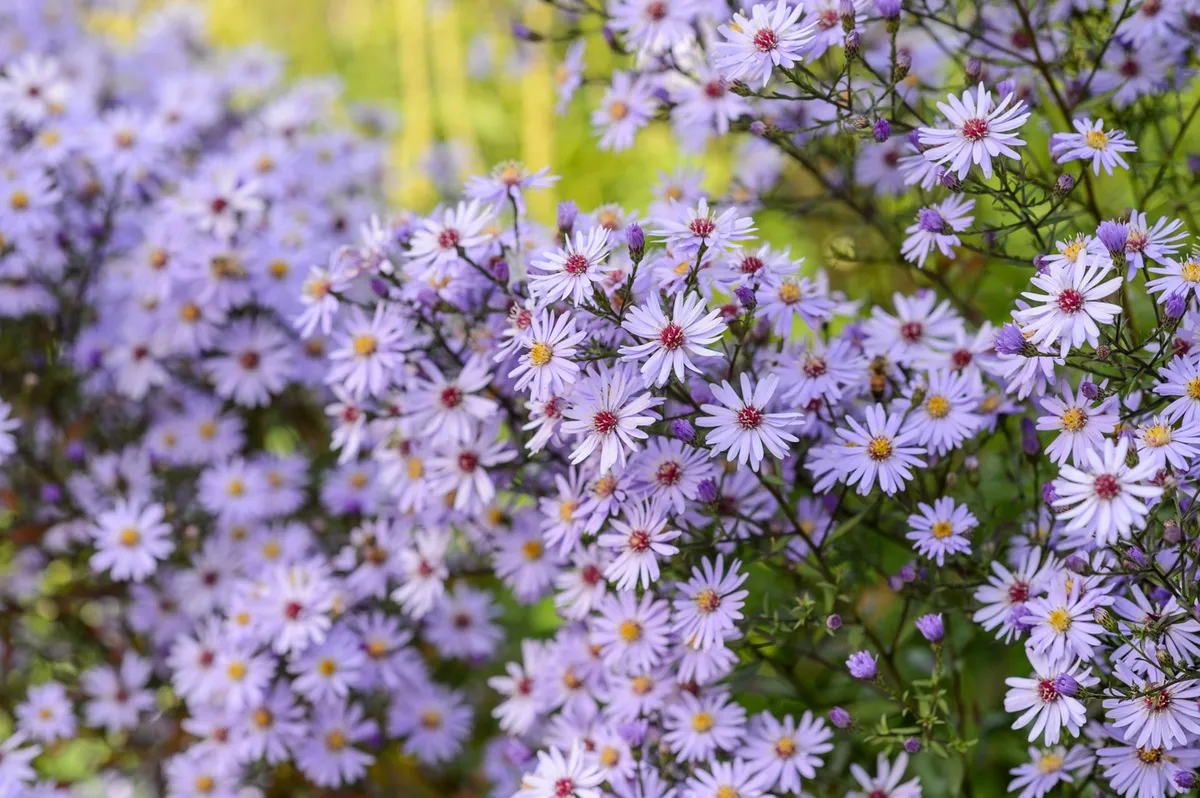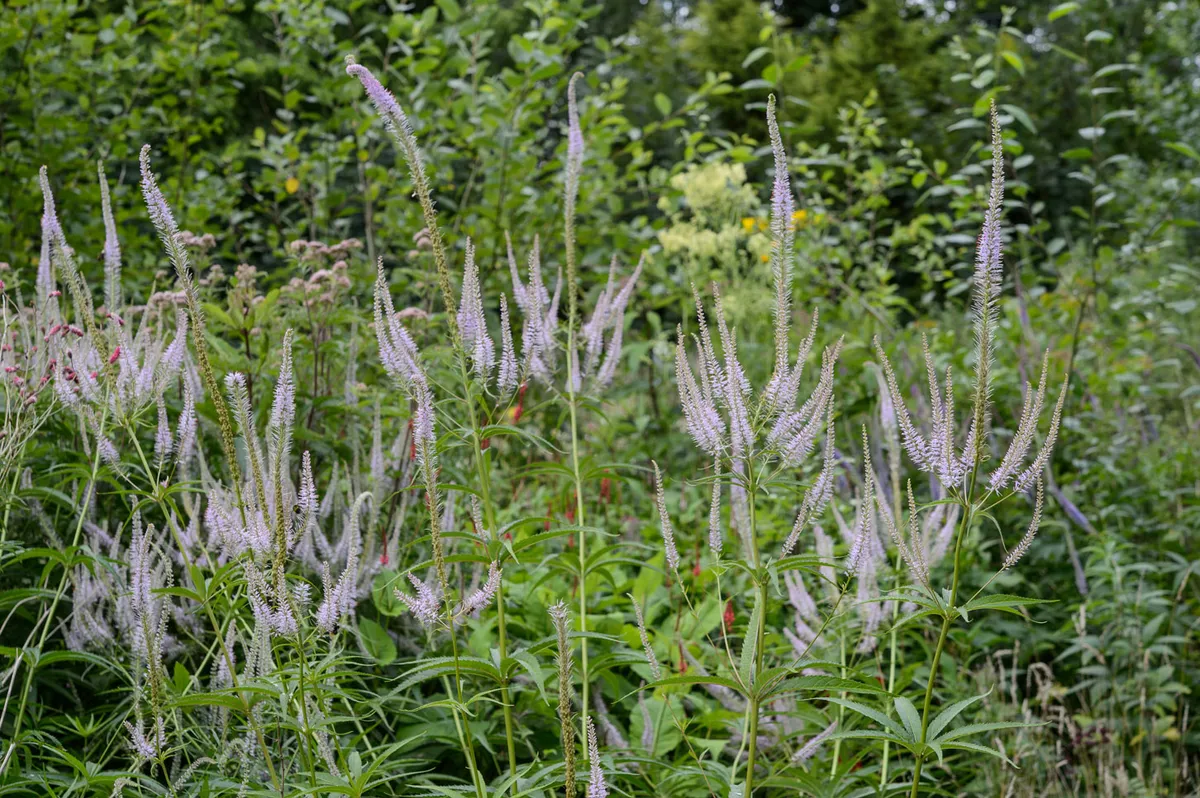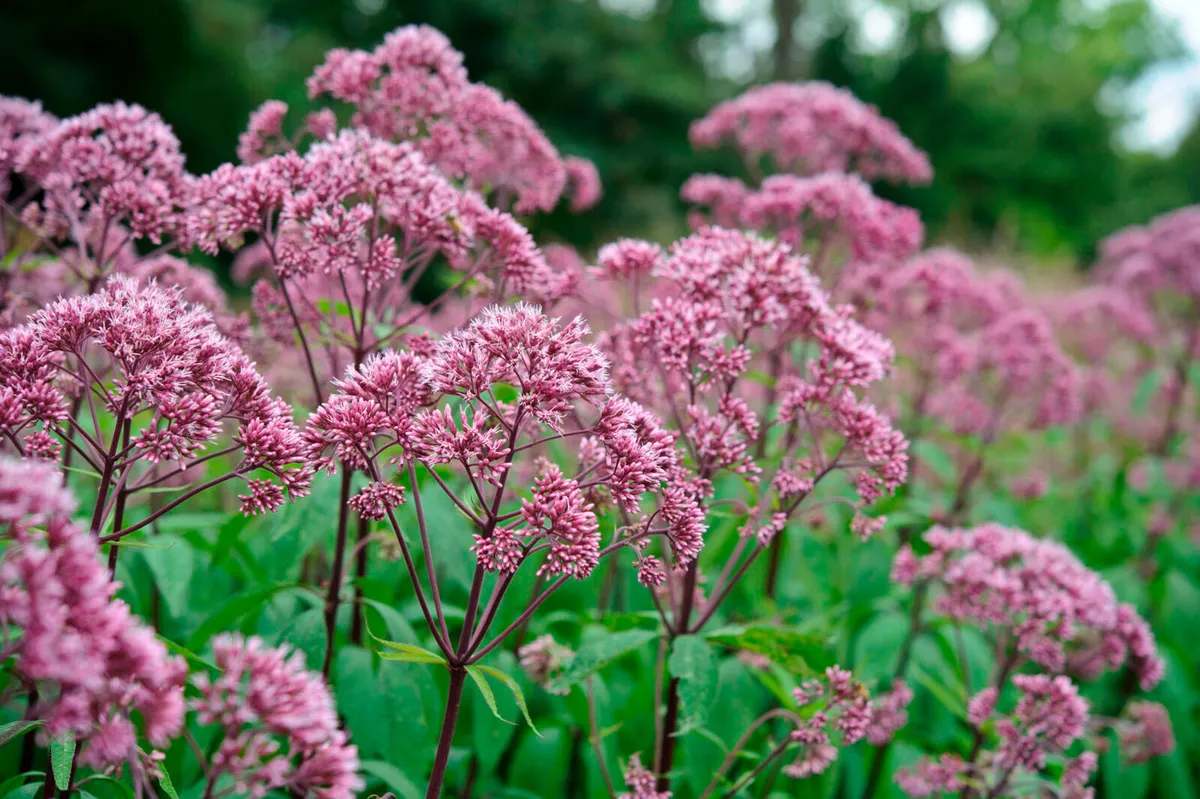With the climate emergency, having a garden comes with responsibility. We should all be encouraging insects and pollinators to our plots, creating a safe, fertile home for them to enjoy nectar and more. It's good for the environment and it's good for the garden. With a buzzing ecosystem your plants will thrive and the natural order of insects will mean your plants are less likely to be attacked by pests.
You may also like
- Ten garden butterflies to identify
- Planting to support moth and butterfly caterpillars
- What is the Big Butterfly Count
- How to do a biodiversity audit in your garden
As well as attracting various types of wildlife to your garden, including frogs, bats and spiders, there's lots of work to be done for butterflies and moths.
Below are a selection of plants which butterflies will love, and which you should too. Let's look for plants which work for us and for biodiversity, that way everyone's happy.
For more suggestions of bee friendly plants, head to our guide. And why not learn how to make a bug hotel while you're at it?
Don't miss the Big Butterfly Count
The best plants for butterflies
Buddleja davidii

Buddleias famously attract insects – especially butterflies. This cultivar flowers latest in the season, when the largest numbers of butterflies are on the wing. If you’ve got Buddleja davidii you can delay it by pruning later in spring. Extend the season by deadheading to encourage side flowers. Deadheading also decreases the risk of self-seeding as buddleja is increasingly considered as an invasive plant.
Here's our pruning guide to buddleia
Centaurea nigra

A native plant, common knapweed is easy to grow in borders as well as meadows. Provides pollen and nectar for a wide range of foraging insects – bees, butterflies and moths. Finches devour the abundant seed. Forms vary considerably and some, such as Centaurea nigra, are particularly garden-worthy.
Height 60cm. Hardiness ratings USDA 7a-10a. Season of interest Summer
Agastache ‘Blackadder’

Also known as giant hyssops, these spires tend to be short-lived, requiring excellent drainage and sun. ‘Blackadder’ is an outstanding cultivar with a dark calyx and bluish-purple flowers beloved by bees and butterflies. Aromatic foliage is an extra bonus and it flowers throughout the summer months.
Height 90cm. Hardiness ratings USDA 6a-9b.
Aster ‘Little Carlow’ (cordifolius hybrid)

A superb, easily grown, mildew-resistant, small-flowered aster for September providing myriad blue daisies with yellow centres. Once fertilised the boss turns red, a colour bees cannot see, so they save energy by visiting only unfertilised flowers. It is also popular with butterflies.
Height 90cm. Hardiness ratings RHS H7, USDA 5a-8b. Season of interest September. Discover our plant profile on asters here.
Cenolophium denudatum

A cow parsley relative flowering in May and June attracting hoverflies to its creamy white umbels over mounds of dark green dissected foliage. Easy in dappled shade or sun, perhaps best suited to the wild garden where it can seed around.
Height 1m. Hardiness rating USDA 6a. Season of interest Early Summer.
Centranthus lecoqii

An endemic from the South of France and Spain, Centranthus lecoqii is a variation on the theme of our native red valerian with lilac-coloured flowers. It is attractive to bees, hoverflies, butterflies and hummingbird hawk moths, growing vigorously in sun and poor soils.
Height 50cm. Hardiness rating USDA 5a-6a.
Ligusticum lucidum

Another cow parsley relative with fresh-looking shiny green leaves and an upright habit, topped with umbels of white flowers in June and July. It is often biennial, although it can be a short-lived perennial. Attracts hoverflies, tolerating sun or dappled shade.
Height 90cm. Hardiness ratings USDA 4a-8b.
Veronicastrum virginicum ‘Lavendelturm’

Long spires of lavender flowers appear in June and July on this tall perennial. Useful for vertical accents in a border, it is beloved by bees, hoverflies, moths and butterflies. Leaves a graceful skeleton through the late summer months. Read more about veronicastrum in our plant profile.
Height 1.5m. Hardiness ratings USDA 5a-9b. Season of interest Summer
Eupatorium cannabinum

One of the best plants to grow for butterflies. 1.2m.
Lythrum salicaria

Purple loosestrife is a wildflower of ponds and marshes, where its lofty spikes of magenta flowers sustain long-tongued insects such as brimstone butterflies, red-tailed bumblebees and elephant hawk moths. 1.5m. RHS H7, USDA 4a-9b.
For more on gardens and wildlife, head to our piece on how to attract wildlife to your garden.